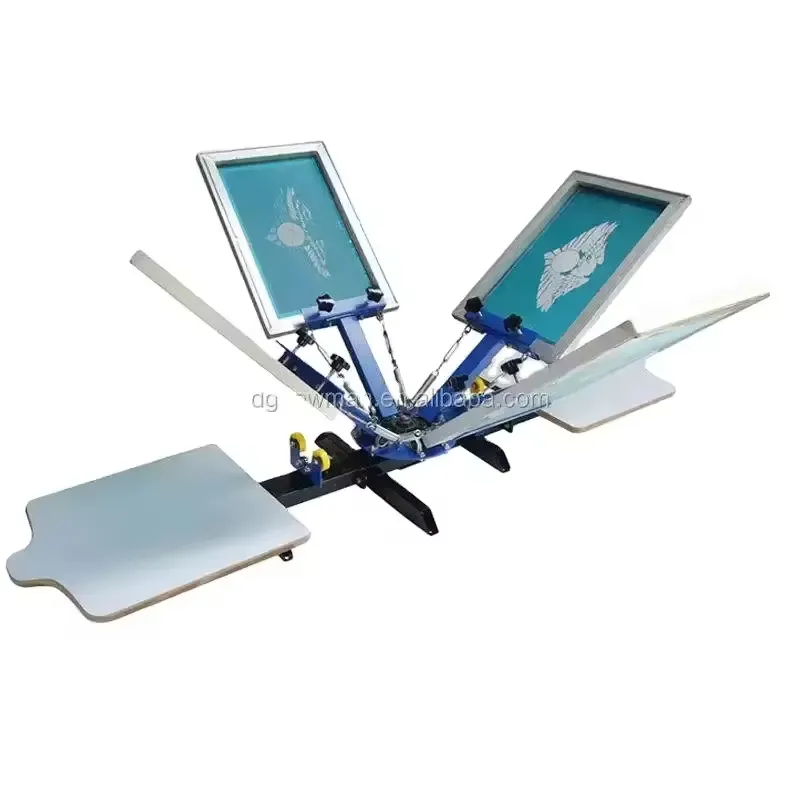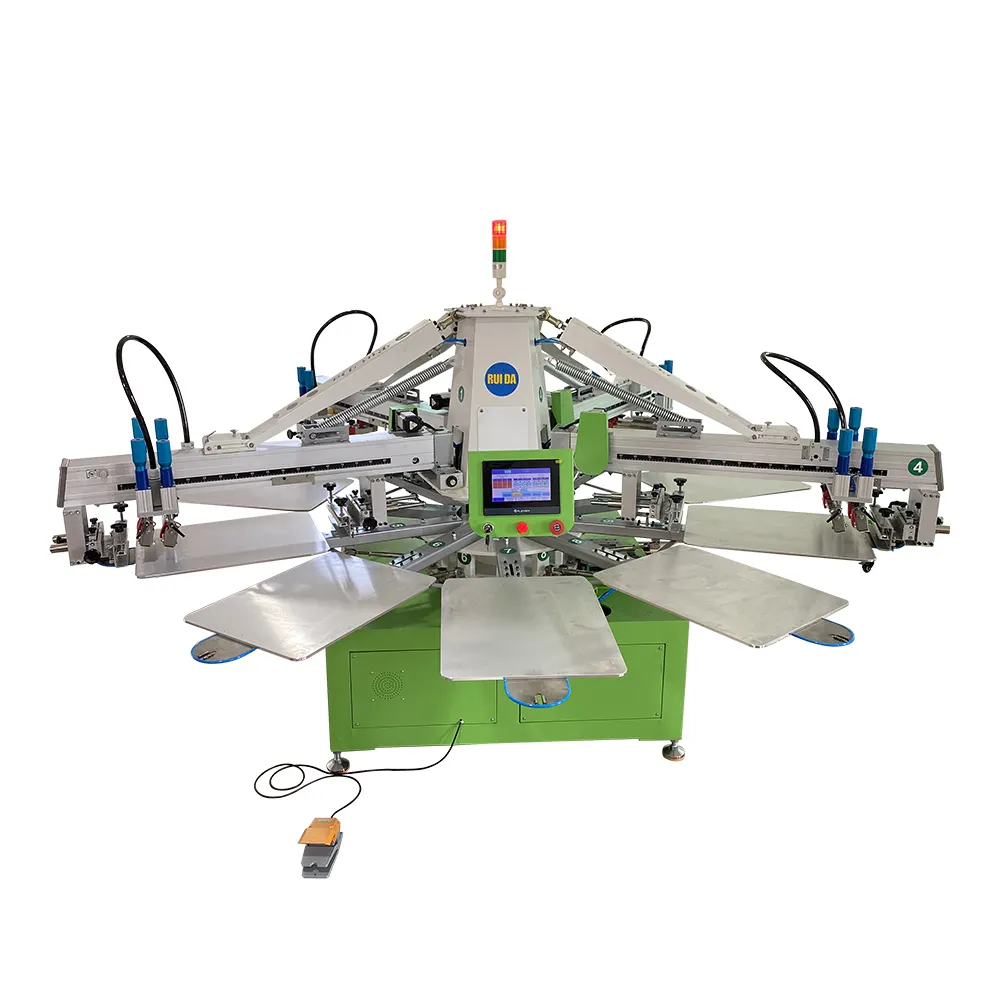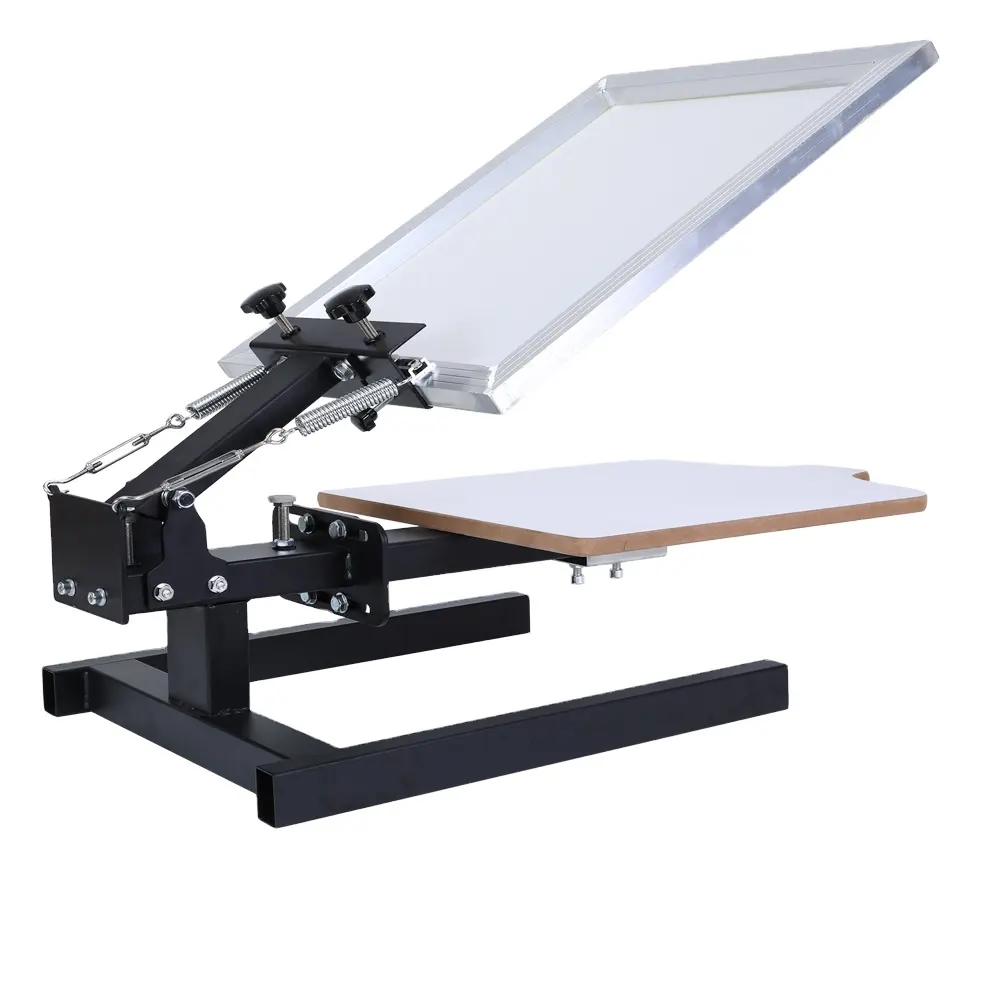eenvoudige skermprint
Eenvoudige skermprint is 'n veelsydige en koste-effektiewe drukmetode wat sowel die kommersiële as kunsdrukprosesse gerevolvasioneer het. Hierdie tegniek behels om inkt deur 'n mas stencil op 'n substraat te duw, presiese en lewendige afdruke skeppend. Die proses begin met 'n fyn mas skerm oor 'n raam gespan, waar areas afgeskop word deur 'n stencilmateriaal, open ruimtes lates vir inkt om deur te gaan. Die inkt word dan deur hierdie oop areas gedruk deur 'n squeegee, die ontwerp oordragend op die drukoppervlak onder. Hierdie metode akkommodeer verskeie substraatmateriale, insluitend papier, stof, metaal, glas en plastiek, maak dit ongelooflik veelsydig vir verskillende toepassings. Die tegnologie agter eenvoudige skermprint het geëvolueer om outomatiseerde stelsels en presiese registrasie-metodes in te sluit, hoewel die basiese beginsel onveranderd bly. Dit word spesifiek in bedrywe wat hoë-volume produksie van konsekwente, gehalteafdruke vereis, soos tekstielvervaardiging, bordproduksie en promosiemerkware, hoog gewaardeer. Die proses laat toe vir dik inktdepoties, skep duurzaam en lanklaasende afdruke wat verskeie omgewingsvoorwaardes kan weerstaan. Moderne aanpassings het waterbasis- en ekovriendelike inkte ingevoer, maak die proses meer omgewingsvriendelik terwyl dit sy effektiwiteit behou.


